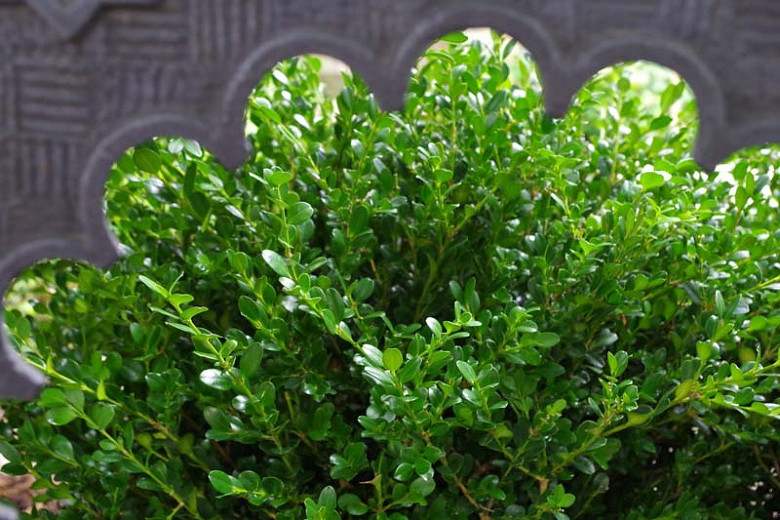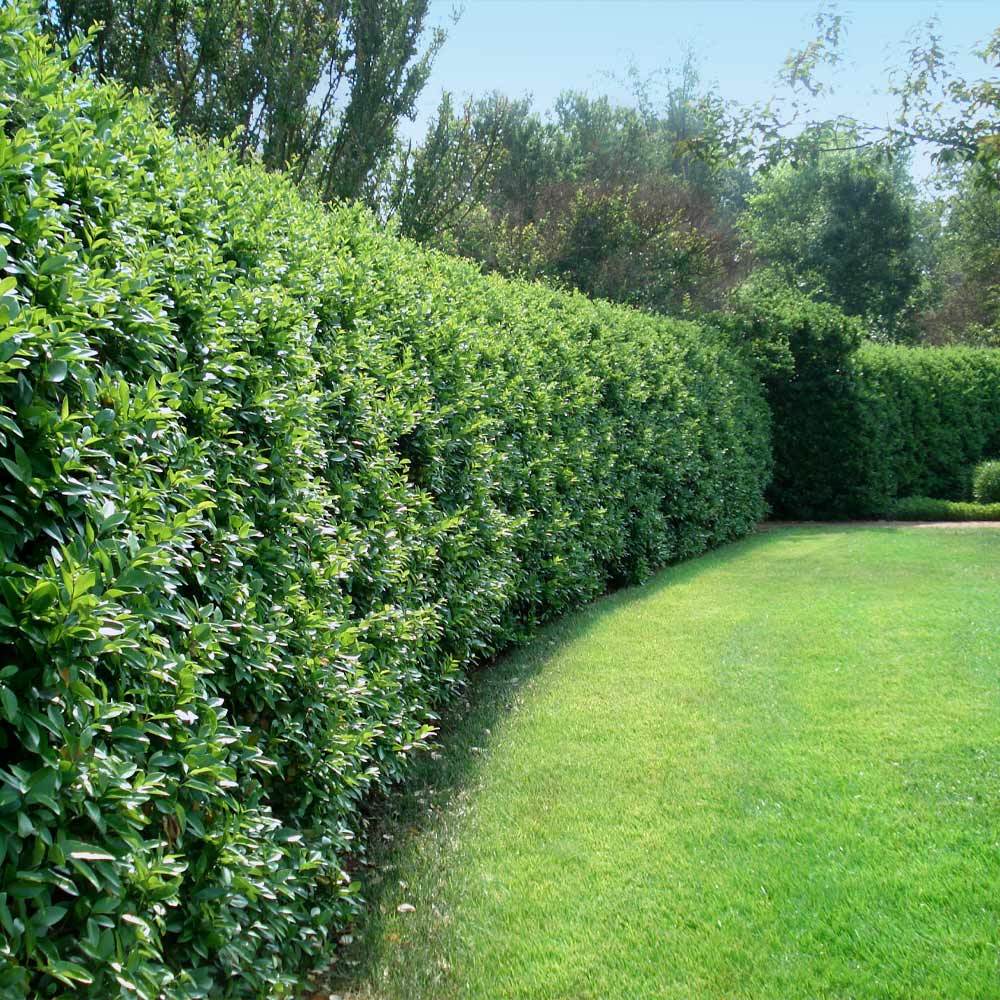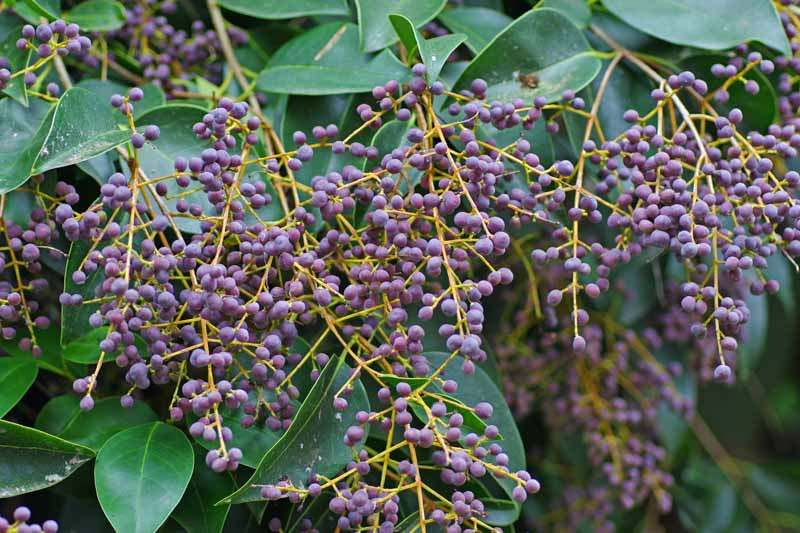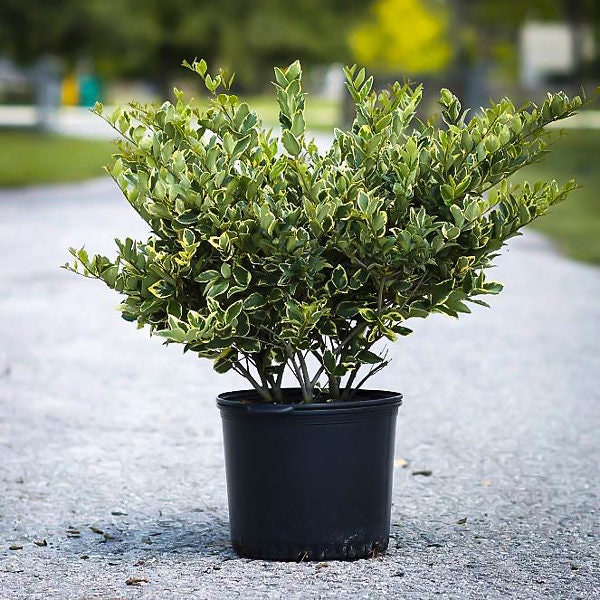Ligustrum Japonicum Facts That Will Blow Your Mind
Title: Ligustrum Japonicum Facts That Will Blow Your Mind
Introduction:
Ligustrum japonicum, also known as Japanese privet, is a dense, fast-growing, evergreen shrub that is native to East Asia. It is a popular landscaping plant in many parts of the world, due to its versatility and low maintenance requirements. However, there are many interesting facts about Ligustrum japonicum that you may not know. In this blog post, we will explore some of these facts, and learn a little bit more about this fascinating plant.
Main Content:
Here are some of the most interesting facts about Ligustrum japonicum:
- It is one of the fastest-growing shrubs in the world. It can grow up to 3 feet per year, and can reach a mature height of 15 feet or more.
- It is a very hardy plant and can tolerate a wide range of conditions, including full sun, partial shade, and a variety of soil types.
- It is resistant to deer, rabbits, and other pests.
- It is a good choice for erosion control, as it can quickly form a dense thicket.
- It is also a good choice for privacy screening, as it can grow up to 10 feet tall and wide.
- The flowers of Ligustrum japonicum are small and white, and they are very fragrant. They bloom in the summer, and are a good source of nectar for butterflies and other pollinators.
- The berries of Ligustrum japonicum are black and shiny, and they are poisonous to humans and animals.
- Ligustrum japonicum can be propagated from seed, cuttings, or air layering.
Conclusion:
Ligustrum japonicum is a versatile and attractive plant that can be used in a variety of landscaping applications. It is hardy, low-maintenance, and resistant to pests, making it a good choice for both homeowners and businesses. If you are looking for a fast-growing, evergreen shrub that can add beauty and privacy to your landscape, Ligustrum japonicum is a great option.
Ligustrum japonicum, commonly known as Japanese privet, is a fast-growing, evergreen shrub or small tree native to eastern Asia. It is a popular landscaping plant in many parts of the world due to its glossy leaves, dense foliage, and tolerance of a variety of conditions. However, it is also an invasive species in some areas, so it is important to do your research before planting it.
To learn more about ligustrum japonicum, visit Home Gardening. This website provides comprehensive information about the plant, including its history, uses, care requirements, and potential problems. You can also find photos, videos, and articles about ligustrum japonicum on this website.
FAQ of ligustrum japonicum
- What is Ligustrum japonicum?
- Ligustrum japonicum, also known as Japanese privet, is a fast-growing evergreen shrub or small tree that is native to East Asia. It is commonly grown as an ornamental plant in gardens and landscapes because of its dense foliage, glossy leaves, and fragrant white flowers.
- How to care for Ligustrum japonicum?
- Ligustrum japonicum is a relatively low-maintenance plant that is drought-tolerant and adaptable to a variety of soil conditions. It prefers full sun but can tolerate partial shade. It should be watered regularly during the first year after planting, but established plants are drought-tolerant. Fertilize Ligustrum japonicum once a year in spring with a balanced fertilizer.
- How to propagate Ligustrum japonicum?
- Ligustrum japonicum can be propagated by seed, cuttings, or layering. Seed propagation is the least successful method, as seeds often do not germinate. Cutting propagation is the most common method. Take 4-6 inch cuttings from healthy stems in spring or summer. Dip the cuttings in rooting hormone and plant them in a well-draining potting mix. Keep the potting mix moist and place the cuttings in a warm, shady location. Cuttings should root in 4-6 weeks. Layering is another effective method of propagation. Bend a lower stem to the ground and bury it in the soil. Secure the stem in place with a U-shaped piece of wire. The stem will eventually root and can be separated from the parent plant.
- What are the common pests and diseases of Ligustrum japonicum?
- Ligustrum japonicum is susceptible to a number of pests and diseases, including:
- Aphids: Aphids are small, soft-bodied insects that suck sap from plants. They can cause leaves to wilt and curl. Control aphids with insecticidal soap or neem oil.
- Scale insects: Scale insects are small, oval insects that attach themselves to plant stems and leaves. They can cause leaves to yellow and drop. Control scale insects with insecticidal soap or horticultural oil.
- Leaf spot: Leaf spot is a fungal disease that causes dark, irregular spots on leaves. Control leaf spot with a fungicide.
- Powdery mildew: Powdery mildew is a fungal disease that causes a white, powdery coating on leaves. Control powdery mildew with a fungicide.
- Ligustrum japonicum is susceptible to a number of pests and diseases, including:
- How to prune Ligustrum japonicum?
- Ligustrum japonicum can be pruned in spring or fall. Prune to maintain a desired shape or size, or to remove dead, diseased, or damaged branches. You can also prune Ligustrum japonicum to encourage new growth.
- Is Ligustrum japonicum invasive?
- Yes, Ligustrum japonicum is considered an invasive species in some parts of the world. It can spread rapidly and outcompete native plants. If you are considering planting Ligustrum japonicum, it is important to check the local regulations to see if it is an invasive species in your area.
Image of ligustrum japonicum
- Ligustrum japonicum in flower. This image shows a ligustrum japonicum shrub in full bloom. The flowers are small and white, and they are arranged in upright panicles.
- Ligustrum japonicum leaves. This image shows the leaves of a ligustrum japonicum shrub. The leaves are glossy, dark green, and oval-shaped. They are arranged alternately on the stems.

- Ligustrum japonicum shrub. This image shows a ligustrum japonicum shrub in its natural habitat. The shrub is tall and dense, and it is covered in glossy, dark green leaves.

- Ligustrum japonicum hedge. This image shows a ligustrum japonicum hedge. The hedge is tall and dense, and it provides privacy and security.

- Ligustrum japonicum bonsai. This image shows a ligustrum japonicum bonsai tree. The tree is small and compact, and it is styled in the traditional Japanese style.
- Ligustrum japonicum berries. This image shows the berries of a ligustrum japonicum shrub. The berries are small and black, and they are poisonous to humans and animals.

- Ligustrum japonicum bark. This image shows the bark of a ligustrum japonicum shrub. The bark is grayish-brown and smooth. It has distinct lenticels, which are small, raised areas that allow the plant to breathe.
- Ligustrum japonicum roots. This image shows the roots of a ligustrum japonicum shrub. The roots are thick and fibrous. They help the plant to anchor itself in the soil and to absorb water and nutrients.

- Ligustrum japonicum in a garden. This image shows a ligustrum japonicum shrub in a garden. The shrub is planted in a sunny spot and it is well-watered. It is growing well and it is covered in glossy, dark green leaves.

- Ligustrum japonicum in a pot. This image shows a ligustrum japonicum shrub in a pot. The shrub is small and compact, and it is well-maintained. It is a good choice for a patio or balcony.


Post a Comment for " Ligustrum Japonicum Facts That Will Blow Your Mind"